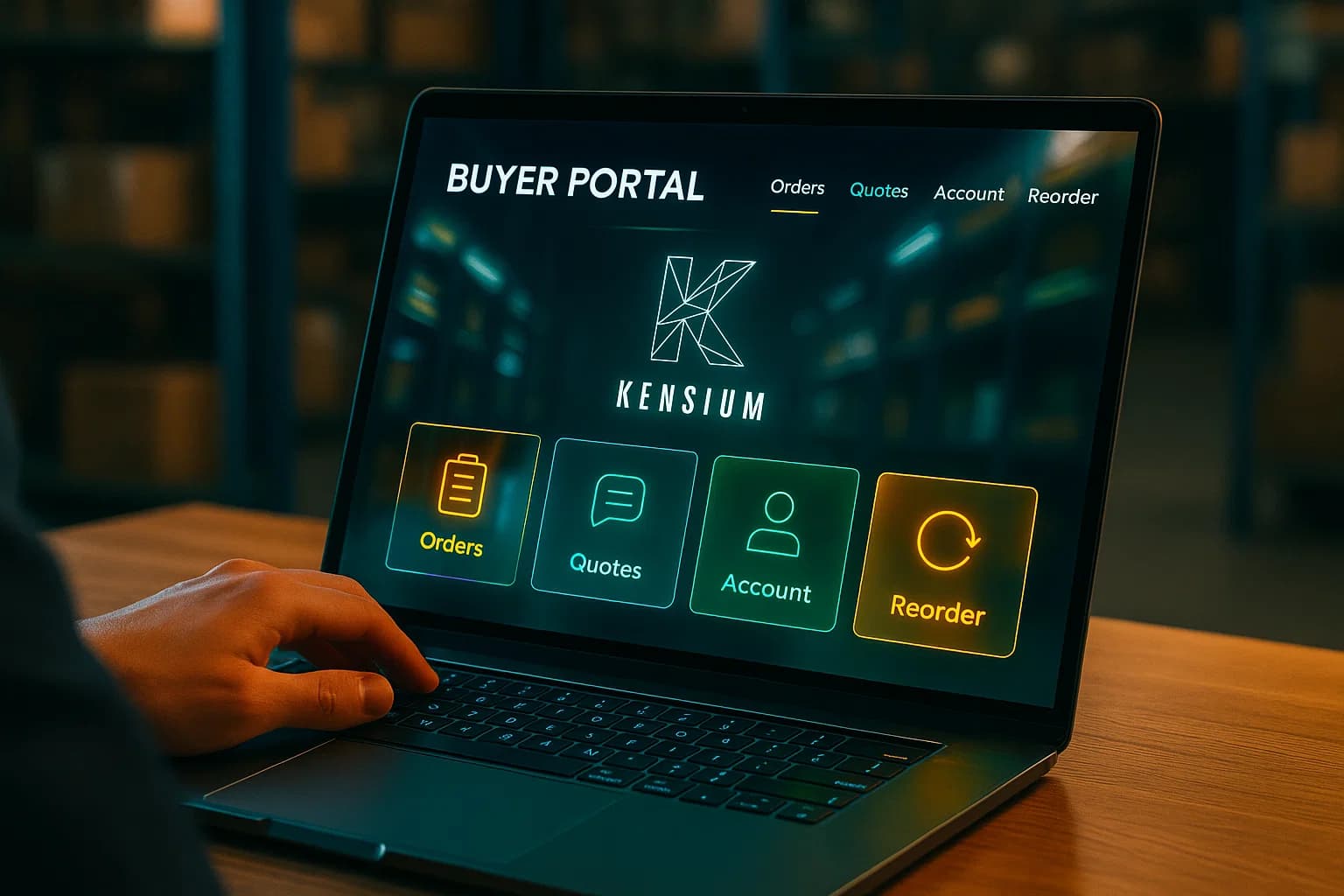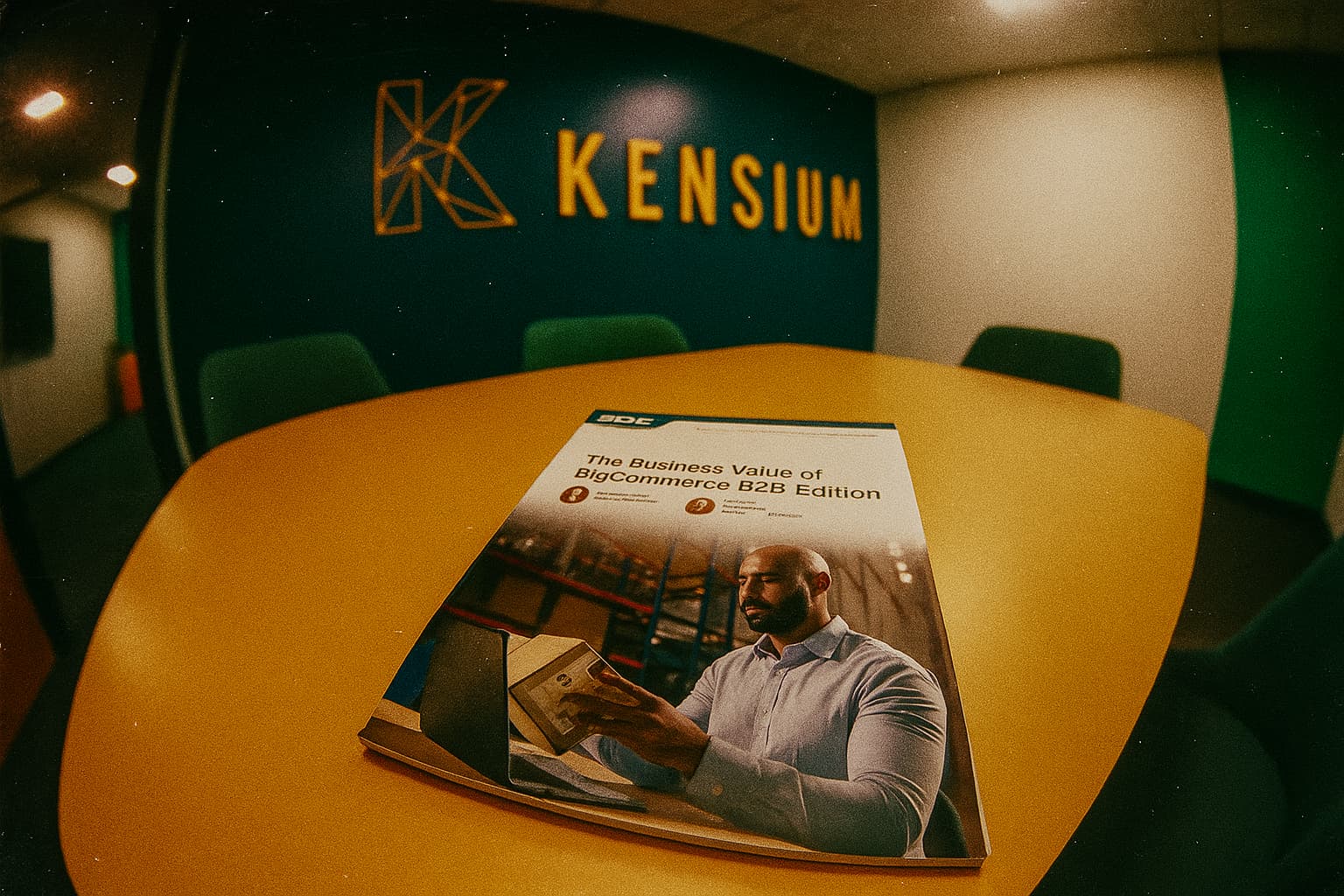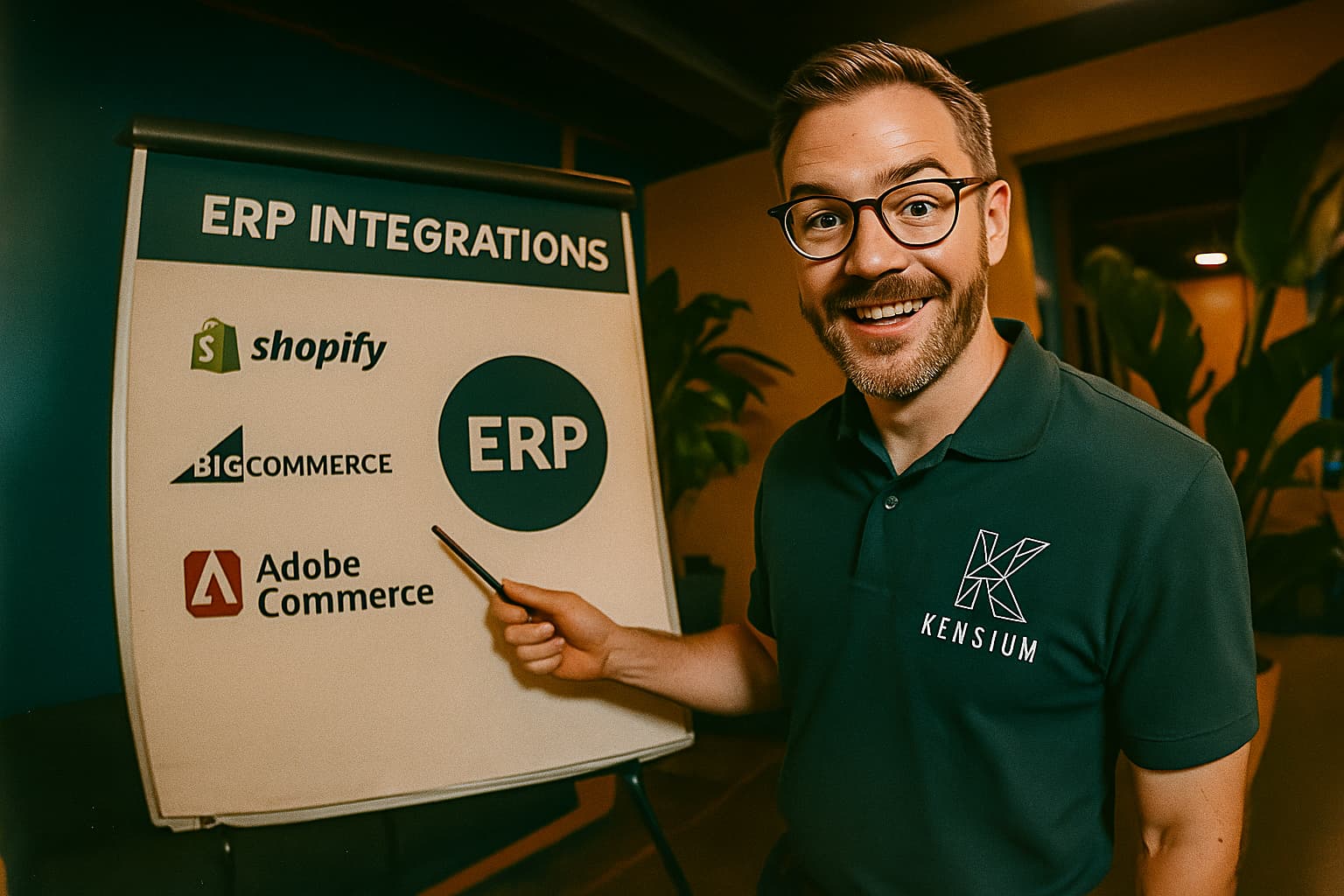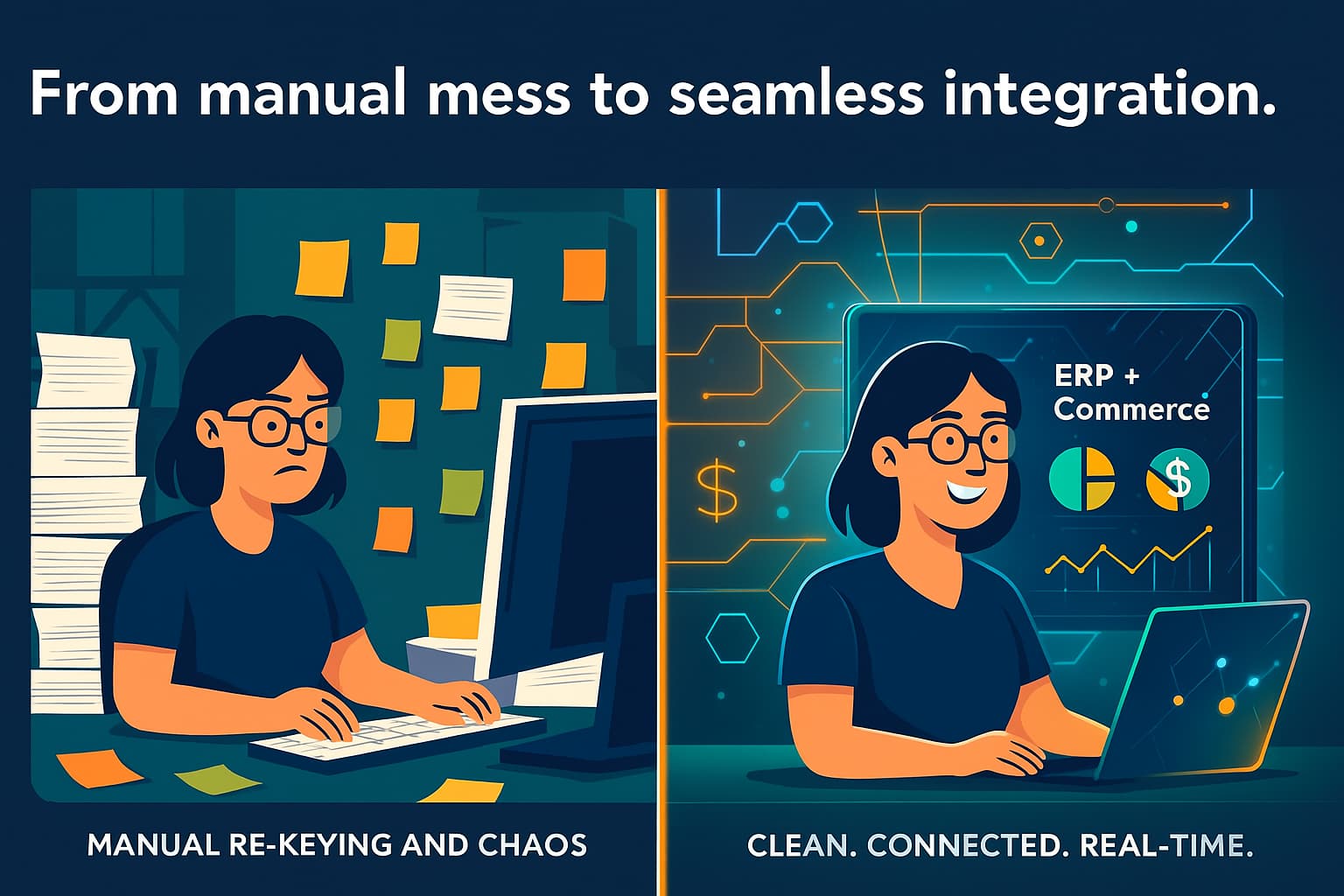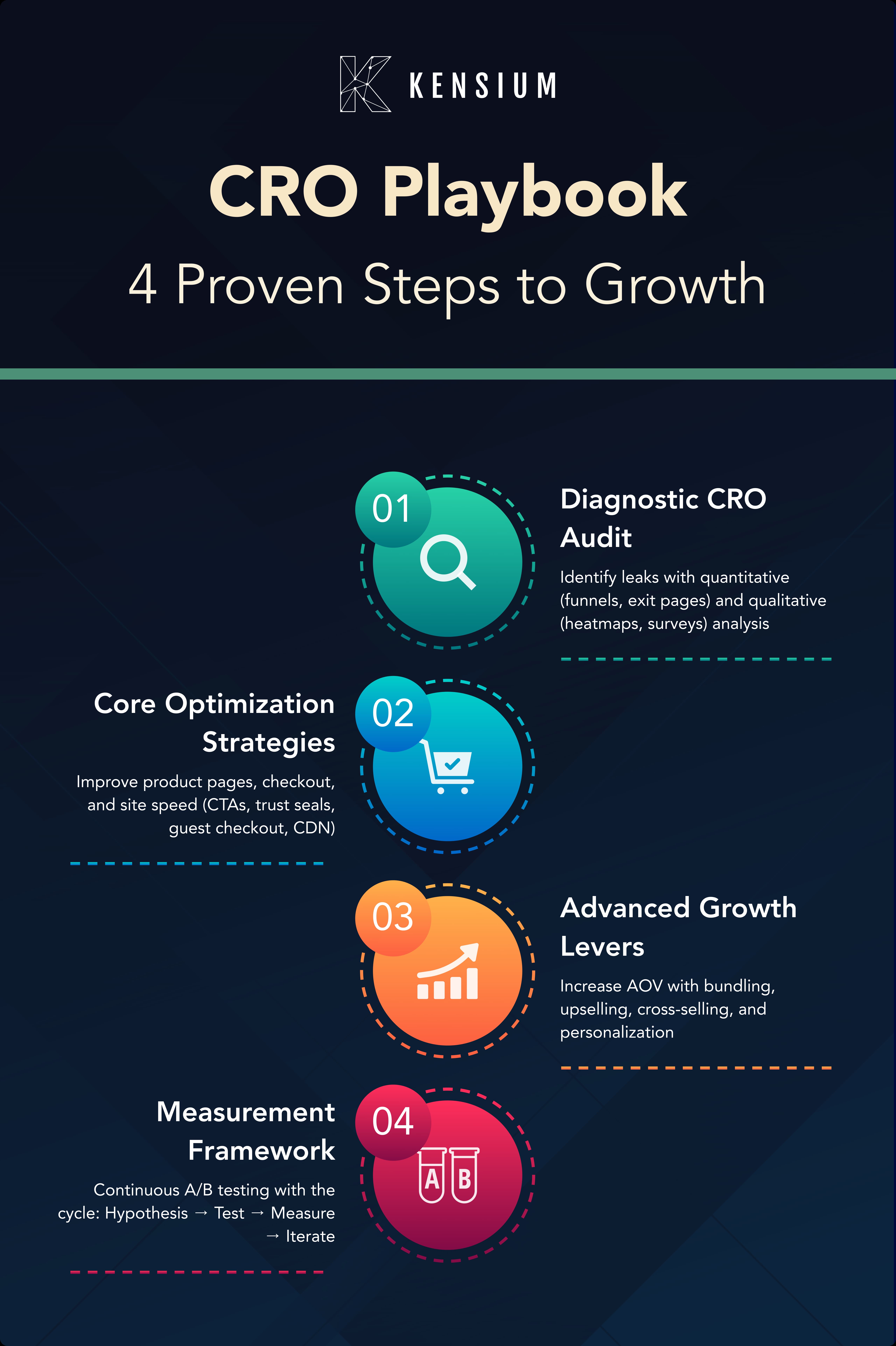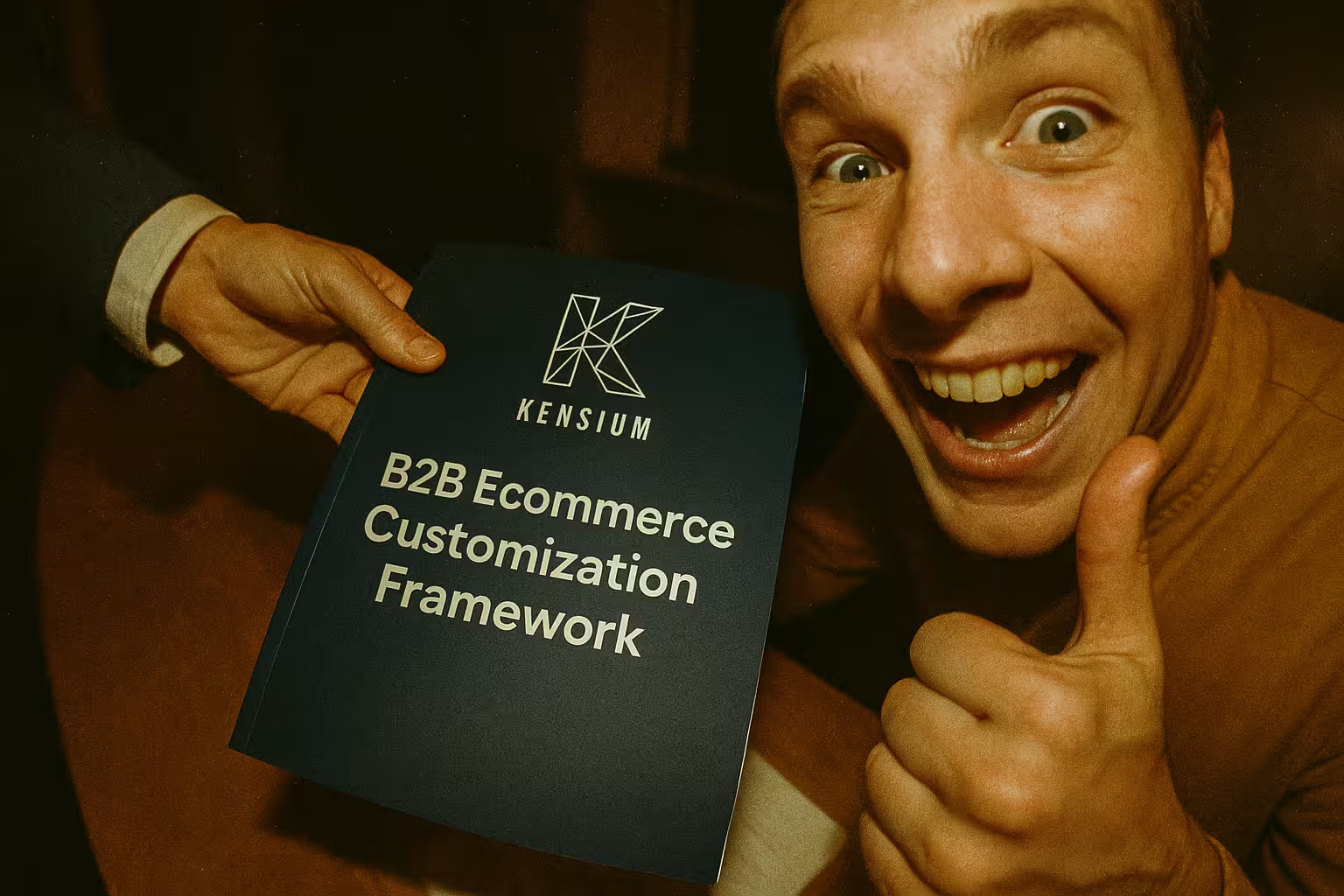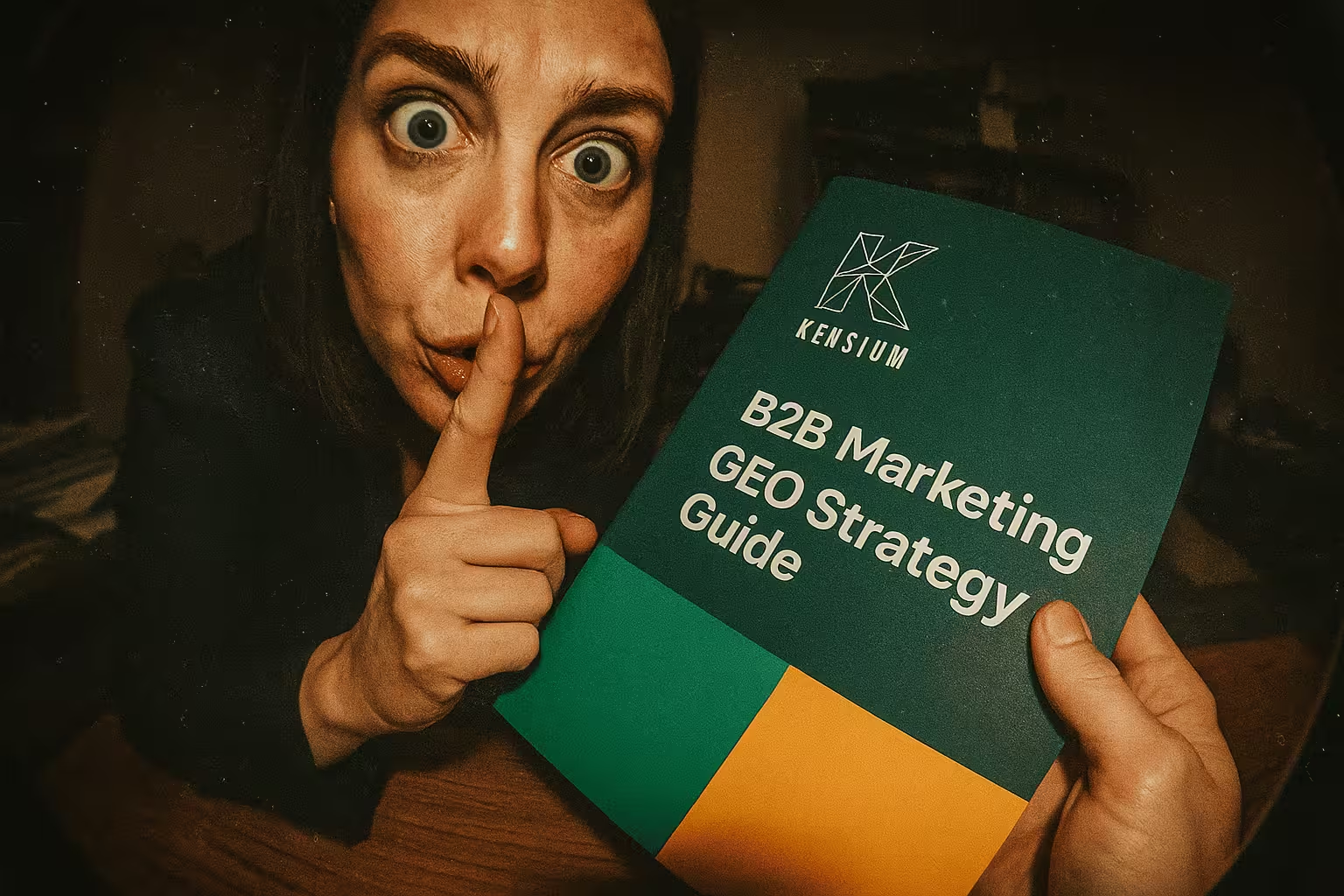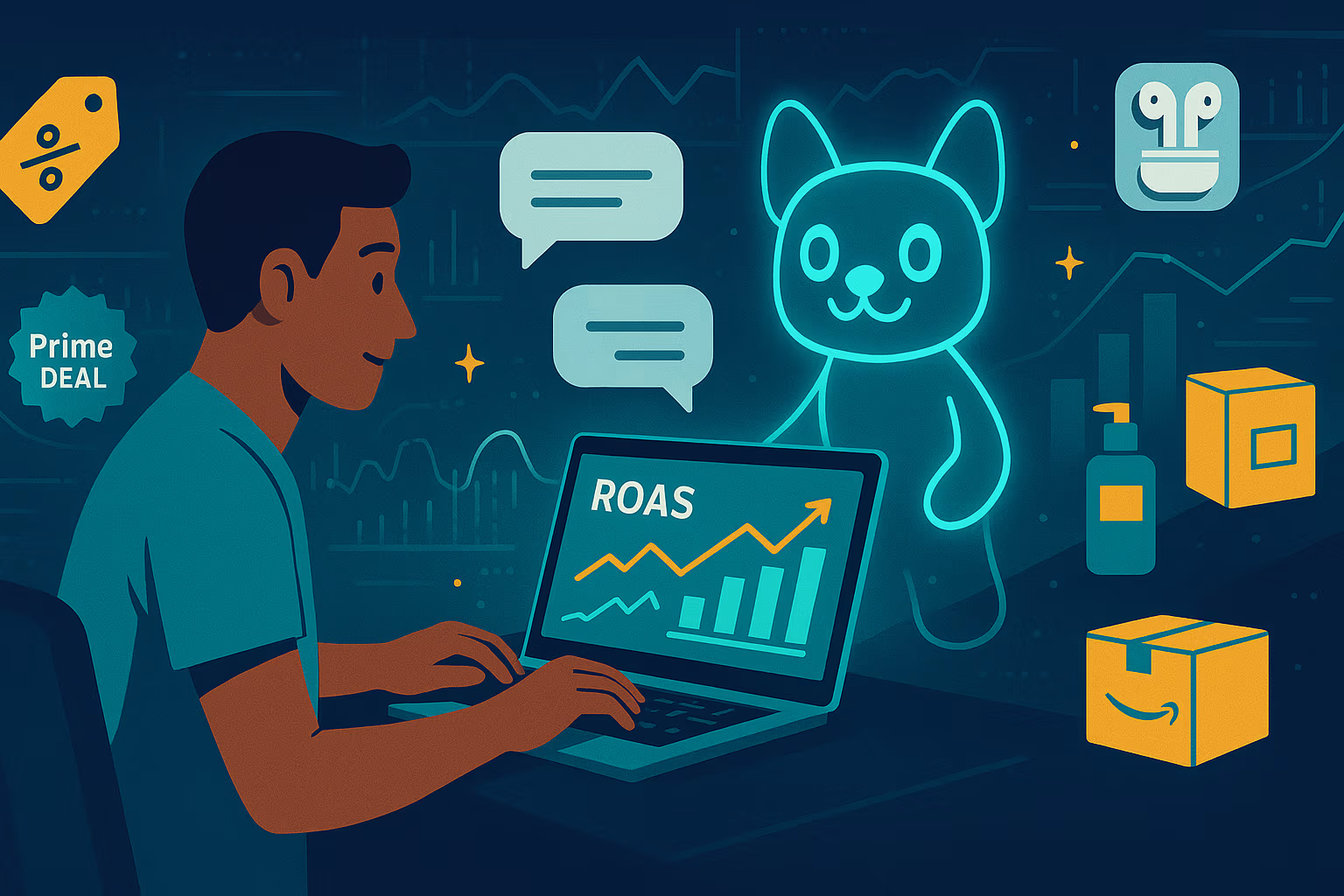
Technology allows businesses to meet customers where they are while offering an exceptional buying experience. There’s a solution for every stage of the ecommerce supply chain, from order processing to fulfillment. However, finding the right technology can be difficult. Tools for ecommerce businesses are being built and released every day, but not all fit the specific needs of your business. Sometimes the bells and whistles get too loud, and your customers abandon ship to a site that gives them the experience they want.

Whether you’re just entering the ecommerce industry or a seasoned veteran, finding the right technology is critical to business success. A beautiful website is just the beginning of your journey to increasing revenue and attracting customers from anywhere and everywhere.
What Is An Ecommerce Technology Stack?
A technology stack is a collection of applications, frameworks, platforms, and solutions necessary to run and manage your ecommerce business. Ecommerce technology solutions are designed to integrate with your existing ecommerce platform and manage individual tasks to keep your business running daily.
Choosing the right technology is difficult because something new is always released. The volume of options makes it hard to know which is best suited for your business. For example, if you’re a wholesaler that fulfills large orders for businesses, SMS integration wouldn’t make sense. SMS integrations help one-to-one communication with an individual customer, not a corporation.
How To Evaluate Ecommerce Business Needs
The first step in evaluating your business needs is determining your business objective. A clear vision of what you want to accomplish with the tech stack is critical to creating a successful ecommerce presence and increasing revenue. Once you identify your pain points and how they impact your business, you can start discovering the right technology that fits your business needs.
There are three main areas to consider when exploring new technologies:
- Business processes
- The people performing the processes
- The technology needed to optimize business growth
Let's break down these three areas and explore how they help you determine the right technology stack you need to be successful.
Business Processes
A complete understanding of your business processes is the first step toward selecting the right ecommerce technology stack. Some processes may be written down, but others may just be assumed or performed out of habit. Shoot to uncover areas for improvement by listing everything out. One of the main goals here is to understand your staff's problems with your current technology. For instance, if you’re using an outdated financial management system, employees may be forced to manually enter financial data, which eventually leads to duplicate, missing, or incorrect entries.

Identifying the technology gaps and mundane processes that make employees less efficient and effective help you find the type of technology needed to improve your business.
The People Performing Processes
A critical component of introducing any new technology is getting buy-in from the people doing the work. Like evaluating the process, asking the employees who perform the functions daily is the optimal way to identify technology that helps them achieve goals. Therefore, when assessing the performance of your processes, talk to the teams and individuals affected by new technology.

Don’t get caught up with the latest tech that promises to increase profits and make life easier. There’s no such thing as one universal solution. Instead of jumping into what’s on trend, take a hard look at how employees perform their job. This insight provides direction and narrows down the field of technology needed. Just like your employees drive your business, they drive your technology also.
Technology Needed To Optimize Business Growth
Now that we’ve determined your business needs and the needs of your team, it’s time to start assessing the technology available. The tools listed below have been proven to increase user adoption and expand your brand presence in a competitive ecommerce landscape.
SMS and Email
Today’s ecommerce world demands customer engagement. If you’re selling direct to customers, using SMS and Email communication increases interaction and the potential for the reader to make a purchase.
SMS Campaign Statistics

Email Campaign Statistics

The proof is in the numbers. SMS and Email are incredibly effective tools for nearly every ecommerce business. But it has to make sense, right? You may only want to use Email because your customers are businesses, wholesalers, and distributors, whereas SMS works well for direct-to-consumer communication. Either way, any outgoing communication has to be branded and offer a benefit to the reader. Finding the right technology to meet your SMS and email needs greatly impacts customer engagement and interaction.
Helpdesk
Offering support and effective communication to customers who experience a negative interaction or are unable to find answers helps turn a bad interaction into a good one and retains customers. Other benefits include:
- A full-fledged support team is not required
- Ticket creation, chatbot, and SMS are part of a helpdesk and provide individualized support to keep customers happy
- Mitigating bad customer experiences as well as upselling and cross-selling items. Offering relevant product suggestions helps increase your AOV and creates another touchpoint with your customers.
Subscription Services
If you sell the same products at regular intervals, using a subscription integration is a great way to provide your customers with the ease of scheduling their purchases and confidence that they’ll never run out. In addition to scheduling purchases, a subscription service should enable users to add a one-time purchase or add-ons to their subscription. This technology offers a regular stream of revenue and increases average order values.
Ecommerce Payment Solutions
Most businesses are familiar with payment solutions like PayPal and credit cards, but today’s consumer wants more options. Instant transfer payment solutions like Venmo, CashApp, Zelle, and Apple or Google Pay have become increasingly popular. In addition, some consumers want to pay with cryptocurrency. Integrating the right payment solution technology offers customers the options they want and increases the potential for a sale.
Newer payment solutions provide installment or lease-to-own payment options. In an era where consumers are overwhelmed with credit card debt, offering flexible terms to make larger purchases helps you support customer needs
Find The Right Ecommerce Tech Stack Consultant
Kensium builds and integrates technology stacks and helps you find the right tech to achieve your business goals. Our process starts with working together to identify the needs of your business, process, and your people. The next step is sharing the technology options that are both available and in alignment with those needs. Ultimately, all options should boost sales and customer engagement and increase revenue. Connect with us today. We have the best technology options to ensure that your customers receive their desired ecommerce experience while also honoring the functionality you need.








.png)



